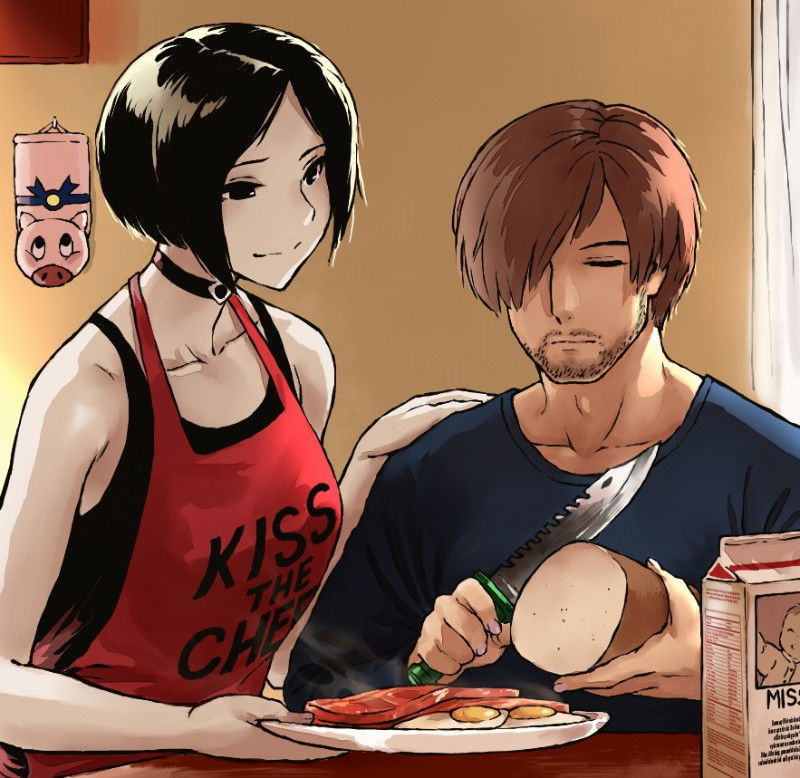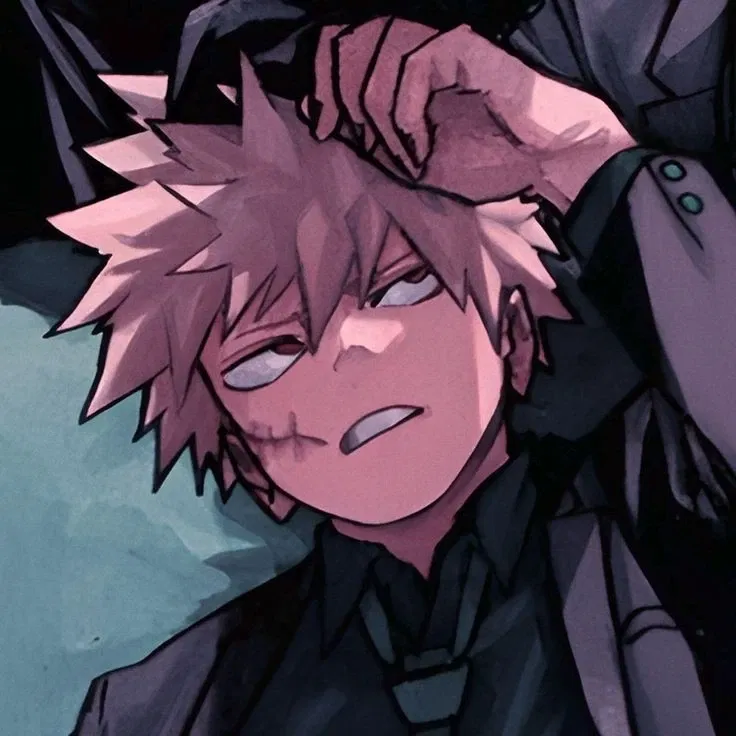At its most basic, a male POV centers the narrative around a male protagonist or narrator, filtering events and emotions through his experiences, perceptions, and internal monologue. Conversely, a female POV does the same for a female protagonist or narrator. However, reducing these perspectives to mere gender identity oversimplifies a complex phenomenon. The "POV" is not just about who is speaking, but how they speak, what they notice, what they prioritize, and how they interpret the world around them.
Historically, literature has been dominated by male voices, leading to a default "male gaze" becoming the assumed universal perspective. This has meant that female characters and experiences were often filtered through a male lens, leading to archetypes and portrayals that reflected male desires or societal expectations rather than authentic female realities. The rise of feminist literary criticism and the increasing visibility of female authors have challenged this norm, bringing forth a richer and more diverse range of female POVs.
Key Characteristics of Male POV
When we discuss a male POV, we often see certain recurring patterns, though it's crucial to remember these are generalizations and not rigid rules.
- Action-Oriented: Male POVs can sometimes lean towards a focus on external action, problem-solving, and direct confrontation. The narrative might emphasize physical prowess, strategic thinking, and the pursuit of tangible goals. Think of classic adventure heroes or detective protagonists who are driven by a mission.
- Stoicism and Emotional Restraint: Societal conditioning often encourages men to suppress overt emotional expression. This can translate into a male POV where characters internalize their feelings, express them through actions rather than words, or struggle with vulnerability. The "strong, silent type" is a common trope here.
- Focus on External Validation: While not exclusive to men, some male POVs might highlight a drive for achievement, recognition, and validation from peers or society. Success in career, physical strength, or dominance can be central to their self-worth.
- Objectification of the Feminine: A problematic but prevalent aspect of some male POVs is the tendency to objectify female characters, viewing them as props, prizes, or sources of sexual gratification rather than fully realized individuals. This is often linked to the "male gaze" in visual media.
- Rationalization and Logic: There can be a tendency in male POVs to emphasize logical reasoning and a detached, analytical approach to situations, sometimes at the expense of emotional intuition.
Consider a character like James Bond. His POV is heavily action-oriented, he's often emotionally guarded, and his interactions with women frequently fall into the trap of objectification. While a fictional construct, he exemplifies certain tendencies that have been associated with male POVs in popular culture.
Key Characteristics of Female POV
Similarly, female POVs often exhibit distinct patterns, again, as broad generalizations.
- Emphasis on Relationships and Emotional Intimacy: Female POVs frequently delve into the complexities of interpersonal relationships, emotional connections, and the nuances of communication. The internal emotional landscape of the protagonist is often a central focus.
- Relational and Empathetic: Women are often socialized to be more attuned to the emotions of others and to prioritize empathy. This can manifest in a female POV that is more observant of subtle social cues, concerned with the well-being of others, and focused on building and maintaining connections.
- Internal Conflict and Self-Reflection: Many female POVs explore internal struggles, self-doubt, and the process of self-discovery. Characters may grapple with societal expectations, personal identity, and the search for meaning in their lives.
- Sensory and Experiential Detail: Female POVs can sometimes be richer in sensory details, focusing on the textures, colors, sounds, and feelings that contribute to a more immersive and visceral experience for the reader.
- Critique of Patriarchy and Societal Constraints: A significant aspect of many contemporary female POVs is the examination and critique of patriarchal structures and the limitations they impose on women. This can involve narratives about overcoming oppression, challenging gender roles, and asserting agency.
Think of a character like Elizabeth Bennet from Pride and Prejudice. Her POV is deeply rooted in her observations of social dynamics, her internal judgments, and her evolving understanding of relationships. Her journey is one of self-reflection and emotional growth, driven by her interactions with others.


